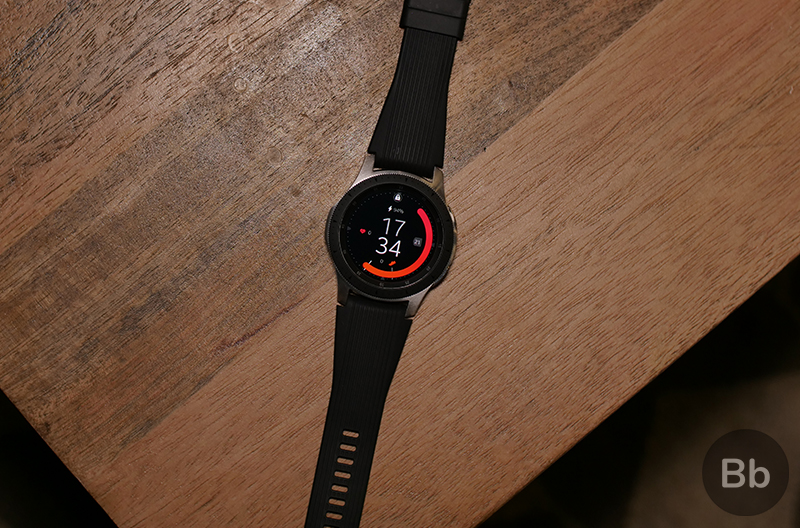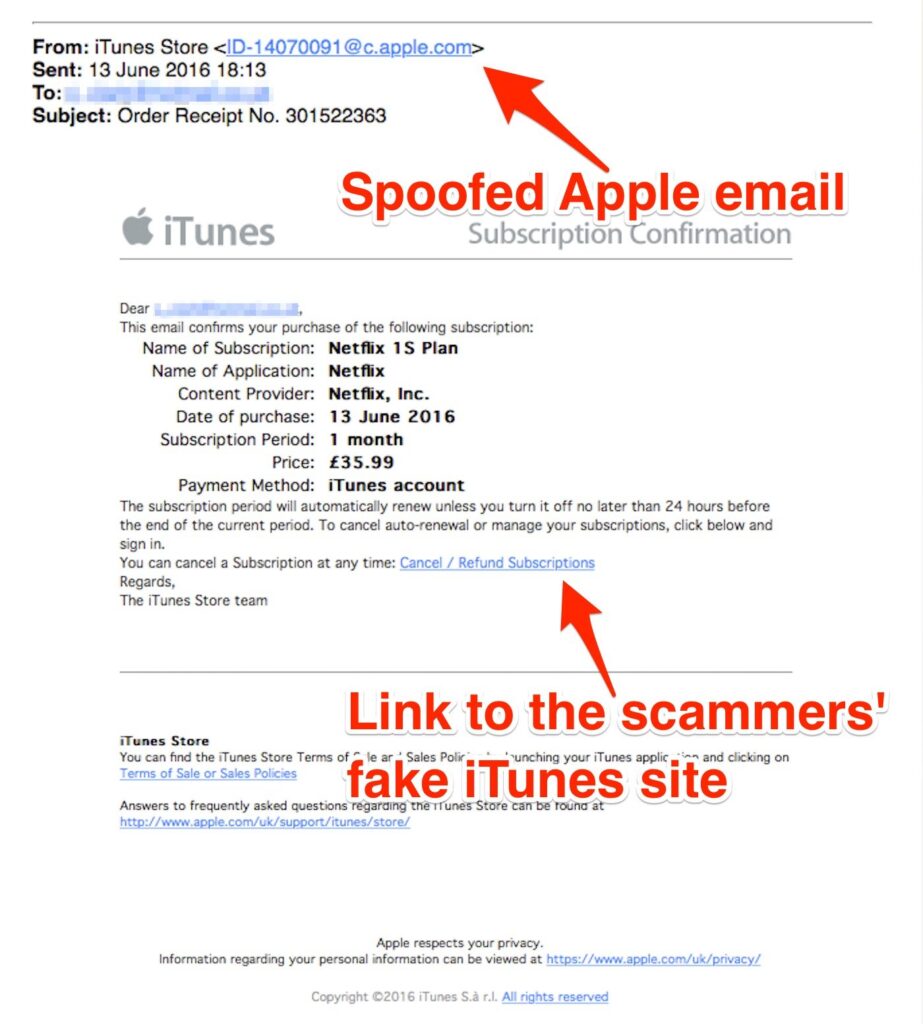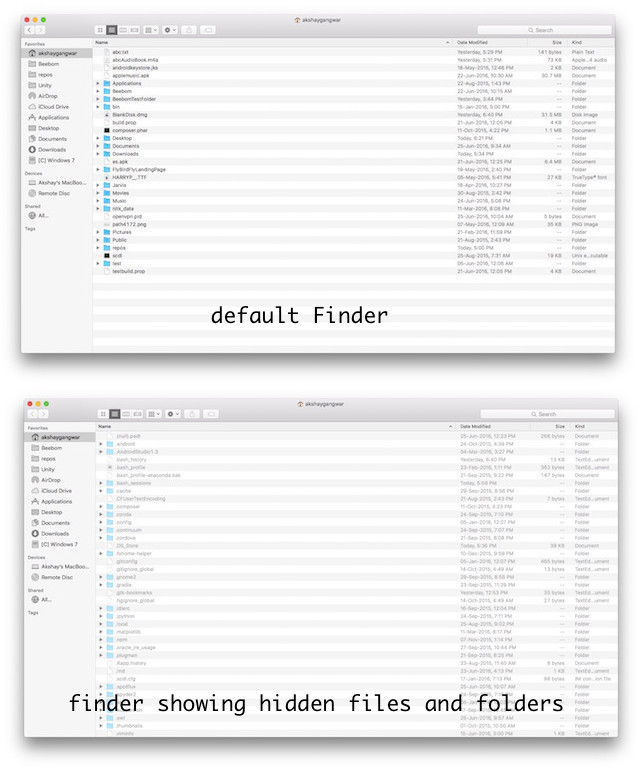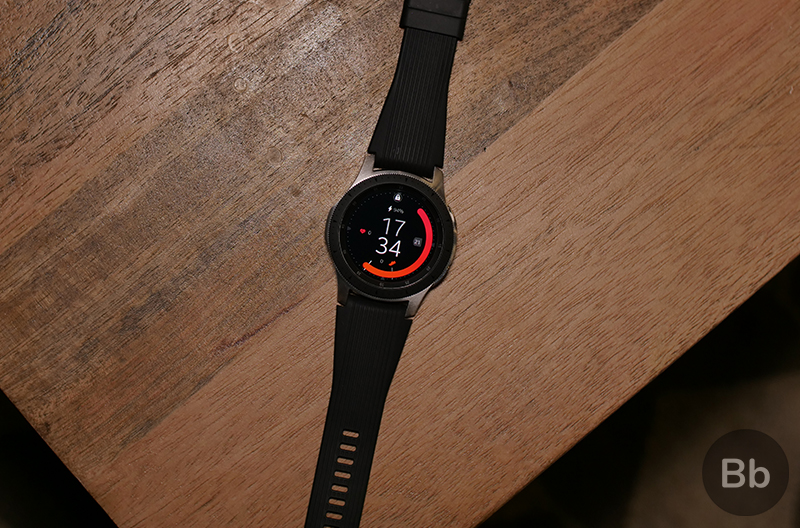
Since the 17th century, watches have epitomized luxury and sophistication, despite their primary function being timekeeping. Wristwatches, in particular, have been associated with efficiency, ethics, class, and various social cues.
Arriving in an era where mechanical watches transitioned to digital, integrating functionalities like calculators, my fascination with watches evolved alongside technological advancements. Like many millennials, I share an affinity for watches equipped with screens and tactile buttons.
Without dwelling on nostalgia, let’s delve into what the Samsung Galaxy Watch offers. Announced alongside the Note 9, the Samsung Galaxy Watch exemplifies craftsmanship and technology, capable of being used independently from a smartphone.
It commands admiration not just for productivity enhancement (and sometimes discipline), but also for its captivating appearance. Admittedly, until the screen contents change, many mistake it for an analog wristwatch. The Galaxy Watch seamlessly combines utility with luxury, delivering on its promises effectively.
From tracking vital stats to reminding you of armchair stretches, facilitating phone calls, YouTube watching, and gaming, Samsung’s wrist computer is remarkably versatile – also displaying the time. But do all these smart features in this compact device justify its Rs 29,990 price tag? Let’s delve into the review below.
Samsung Galaxy Watch Specifications
The Galaxy Watch comes in 42mm and 46mm sizes, offering choice to suit your wrist. Let’s examine its specifications.
| Display | 1.3-inch/1.4-inch AMOLED |
| Water-resistance | Up to 50 meters, swim-ready |
| Connectivity | Bluetooth 4.2, Wi-Fi, NFC, LTE in some areas |
| Sensors | GPS + GLONASS, heart rate, acceleration, geomagnetic, barometric pressure, ambient light |
| Processor | Exynos 9110 1.15GHz Dual-Core |
| RAM | 768MB (1.5GB for LTE model) |
| Weight | Approximately 63g (excluding strap) |
| Battery | 472mAh (46mm) and 270mAh (42mm) |
| Price | Starting at Rs. 24,990 |
It’s hardly surprising to find the Samsung Galaxy Watch packed with specifications reminiscent of leading smartphones from nearly a decade ago, though this realization may only strike upon closer reflection. Below, my comprehensive review aims to aid your decision-making process regarding the Galaxy Watch.
Let’s assess its performance against expectations, but first, let’s examine the contents of the box.
Box Contents
The Galaxy Watch is neatly housed within its box, which contains:
- Samsung Galaxy Watch
- Samsung wireless charger
- Micro USB cable
- Charging brick
Design and Build
At first glance, the Samsung Galaxy Watch stands out with its brushed stainless steel chassis and slight heft, resembling a premium timepiece. The body alternates between chrome and matte finishes, enhancing its symmetry.
Its rotating dial facilitates scrolling, with gear-like teeth along the perimeter aiding in surface identification without direct visual focus. This feature is particularly handy for activating the watch and viewing incoming notifications.
On the right side of the watch are two buttons with dedicated functions. The upper button allows you to go back in the interface – unfortunately, it’s the only method available. I hope swiping from left to right could also serve this function, as seen in some cheaper smartwatches. The lower button acts as a Home button, returning you to the main watch face from any screen. When you’re on the watch face already, the Home button opens the list of apps.
The buttons and rotating dial feel tactile and easy to operate. However, their placement almost pressures you to wear it on the left wrist, as wearing it on the right may render the buttons unreachable by your left hand, a common issue with smartphones using a rotating knob, like the Apple Watch.
Despite my appreciation for the overall build and design, especially the rotating dial that allows display visibility without finger obstruction, the rubber strap is irksome. Its grooved pattern easily attracts dust and lint, causing it to stick against the loop/ring, making putting on and taking off the watch a chore.
Enjoy the liberty to use any standard 22mm watch strap with the Samsung Galaxy Watch, which is useful.
The heart-rate sensor sits squarely on the back. On the left and right edges are the inbuilt speaker and mic, respectively, handy for music and calls. We’ll assess this nearly hands-free setup’s quality below.
Aside from the sticky strap, no complaints about the watch design. The 46mm variant fits my wrist well. Though I’ve scratched the metallic parts a bit, the dark metal body conceals those scratches. Overall, the design is quite attractive, with the rotating dial as a delightful addition.
Display
The 46mm Galaxy Watch features a 1.3-inch AMOLED display with a resolution of 360×360 pixels. The smaller version utilizes a 1.2-inch display with the same resolution, making it slightly sharper. However, I’ve had no issues with readability or sharpness on the larger display.
Initially, the display is vibrant and responsive, resembling a smartphone screen. Its rich vibrancy prompted me to experiment with various watch faces, including those with animated elements. Additionally, the display is notably bright to ensure usability even under direct sunlight.
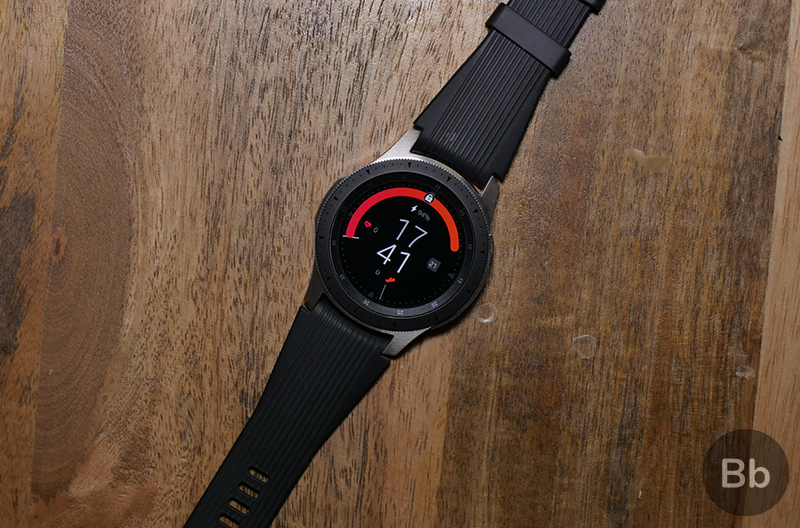
The display remains always on, showing only the most important elements of the watch face in muted colors and reduced brightness. It does drain the battery, but it’s acceptable if you prefer seeing the time and basic stats without waking the screen every time.
Performance
If I had limited words to introduce the Galaxy Watch to Samsung fans, I’d describe it as a fusion of the Gear Fit and Gear Sport, designed along the lines of Samsung’s Gear S series. The Galaxy Watch succeeds the Gear S3, following the same design as the latter, as also seen in Samsung smartphones.
This section explores the utilities of the Galaxy Watch, including its performance as a watch, fitness tracker, and smart gadget with a touchscreen interface, as well as its connectivity to other devices.
1. User Experience
Let’s delve into the smart capabilities of the watch. It currently operates on Tizen 4.0.0, an open-source OS supported by Samsung, predominantly used in devices like car instrument clusters, smart washing machines, refrigerators, and Samsung smartwatches.
Backed by Samsung, the interface is refined and bug-free, excluding third-party applications. I appreciate the striking neon colors and the design’s circular dial conformity, ensuring interface uniformity.
From the default screen (watch face), swipe left for notifications, right for widget screens, and down for quick settings. Options include volume, GPS, airplane mode, DND, battery saver, and customizable settings.
Add a variety of favorites, ranging from modes of workout to apps, to contacts to save time. Additionally, you can take screenshots on the Galaxy Watch, store music, or control music-related apps with the watch.
One caveat of Tizen OS is the limited availability of apps. The support community is large, but the app ecosystem falls short of Wear OS. The Galaxy Store features leading apps such as Soundcloud and Spotify, but they require payment.
Similar to other smartwatches, the Samsung Watch offers a variety of watch faces to choose from. Additionally, you can customize certain faces provided by Samsung. The watch displays notifications that you can respond to directly without using your phone. Furthermore, you have the option to set a lock pattern or code; the display locks automatically when the watch is removed from your wrist.
The screen is too small to accommodate a full QWERTY keyboard, but it does include a T9 setup for text input in supported apps. There’s also a numpad and an emoji tray to enhance your conversations.
As with other Samsung smart devices, Bixby is integrated into the Galaxy Watch, but my personal experience with it is not satisfactory.
2. Fitness and Sleep Tracking
Committing to fitness or maintaining your health demands visible progress to sustain motivation, even when muscles ache from previous workouts. Enter Galaxy Wear, the smartwatch that revolutionizes your journey.
Galaxy Wear tracks 39 diverse workouts from running to yoga, skiing to golf, even intuitively detecting activities like stair climbing and general fitness pursuits.
Like any other smartwatch, the Galaxy Watch captures workout duration, continuously monitors heart rate, and utilizes your height and weight to calculate burnt calories, helping track daily fitness goals.
However, automatic tracking leaves me unconvinced about the Galaxy Watch’s abilities. In the past 10 days, the automatic workout detection never activated. Despite two resets, this feature remains inactive.
Whenever I track my gym activities, I toggle workout tracking. I do so manually on the Mi Band 3 too, but it’s easy to lose track if you’re forgetful like me.
Additionally, the Galaxy Watch identifies sleep cycles and notes rejuvenating naps during the day. Sleep data includes light sleep, deep sleep, movement during slumber, and REM sleep. I appreciate Samsung’s inclusion of REM sleep.
However, I’ve noticed instances when sleep data for a few hours at night is missing. While I can’t pinpoint the exact reason, it may be due to unconscious movements or times when the watch can’t track my heart rate.
Lastly, I must highlight a standout feature of the Galaxy Watch – its ability to assess your stress levels and guide you through deep breathing exercises.
Additionally, it recognizes sedentary behavior, prompting you to engage in armchair exercises like torso twists without leaving your seat.
While it may not flawlessly track workout sessions, the Galaxy Watch proves to be a valuable fitness companion.
3. Swim-Ready
Unlike previous Samsung models like the Gear S3, which lacked swimming capabilities (although the Gear Fit 2 Pro did), the Galaxy Watch is waterproof up to 50 meters, making it suitable for swimming and diving.
This smartwatch has no time limit for water resistance. Whether you’re lounging by a pool or soaking in a jacuzzi, it endures without concern, even if swimming isn’t on your agenda.
It lacks SWOLF, a method utilizing GPS and arm movements to gauge swimming efficiency, but you can still select swimming to burn calories.
4. Music Controls
The Galaxy Watch offers 4GB internal storage for apps, screenshots, and music files. With pre-installed system apps, you get approximately 2.5GB of free space, enabling storage for about 400 MP3s, depending on bitrate. This allows music playback through the side speaker or via Bluetooth headset.
If you prefer to carry your phone, you can control music playback and access streaming services like Google Play Music, Amazon Music, Airtel Wynk. In some apps, you can browse the queue and jump to favorite songs without forwarding each track individually. However, playing music from your phone limits seeking tracks; you can only switch tracks and control volume.
5. YouTube, Games, and More
Though limited in number, the Galaxy Watch app catalog offers useful options. These include an unofficial, yet usable YouTube app, a web browser with a T9 keyboard, the official Uber app, and a viewfinder-cum-shutter interface for your smartphone’s camera, which works even without unlocking your device.
Additionally, the Galaxy Watch features interesting games such as a Flappy Birds-inspired game, a circular version of Snake with the reptile moving in spirals, a sniper shooter with zoom controlled by the dial, a paid version of Fruit Ninja, and more. The dial proves convenient for gaming, akin to its usefulness in other UI elements. While these games resemble early era mobile touch games, they suffice for occasional time-killing.
Battery
After examining the bundle of features, you must be curious about the battery’s backup in various use cases. Mostly, while actively using the watch for notifications, music, games, health tracking, etc., I have achieved a battery life of more than 30 hours per charge, with GPS off and the Always-On display active.
Switching off the Always On display could add up to a day of battery life. However, keeping GPS switched on would rapidly deplete the 472 mAh battery in less than 24 hours.
Regarding recharging, the Galaxy Watch takes about two hours to fully charge. It requires placement on the proprietary wireless charger, drawing power from a Micro USB connection.
Unlike older Samsung Gear smartwatches, this one won’t charge with any Qi-compliant wireless charger, so you must always have the charger when traveling. Fortunately, it works with power banks, and I even tested it with the carrying case of Noise Shots X5, which my colleague Anmol recently reviewed.
Anyone who’s owned a smartwatch will agree that a battery life of just over a day suffices. So no complaints there. However, since I haven’t tested the smaller 42mm version with a 270mAh battery, I’ll refrain from making any claims about its backup.
Connectivity
The Samsung Galaxy Watch connects via Bluetooth and includes built-in GPS for outdoor tracking. Additionally, it features Wi-Fi connectivity and automatically utilizes the Wi-Fi credentials from the paired smartphone. To monitor collected data, you need to install the Galaxy Wearable app from the Google Play Store or iOS App Store.
Bluetooth connectivity extends up to 10 meters, providing notifications upon disconnection from the phone. The app utilizes Wi-Fi to access the Galaxy Store, relying on the connected smartphone for establishing the link, downloading necessary elements, and updating. However, despite expectations, the Wi-Fi connection does not sync Samsung Health data to your phone.
The Galaxy Watch doubles as a hands-free device for calls when near the phone, akin to a Bluetooth headset. Useful during activities like running or working out, ensuring you don’t miss important calls.
Avoid using the watch for calls, especially while driving, due to low volume necessitating wrist proximity to the ear, posing a safety risk.
Samsung offers an LTE version utilizing an eSIM, currently unavailable in India.
Regarding consistency, I found the Samsung wearable app most useful when paired with a Samsung phone. Using the watch with a OnePlus 6 led to frequent interruptions. Opening the Samsung Wearable app resulted in repeated data syncing, disrupting notification flow. Despite the Galaxy Watch’s call notification feature, calls were still missed.
The experience with a Samsung phone is notably superior, offering uninterrupted connectivity and smooth push notifications. This could make the Samsung Galaxy Watch less appealing compared to other Wear OS alternatives.
The only concern regarding security is noteworthy. The Galaxy Watch fails to prompt for phone unlocking, even with a pin code or pattern lock. Therefore, if someone else accesses your watch, they could easily respond to messages or view incoming ones.
Assessing the Samsung Galaxy Watch: Advantages and Disadvantages
As outlined earlier, the Galaxy Watch stands out as an impressive gadget, boasting an appealing appearance. I’ve grown fond of its refined user interface, transitioning seamlessly between serving as a highly functional tool for professional users and a source of entertainment for casual gamers. Let’s briefly explore the positives and negatives of the Samsung Galaxy Watch.
Pros:
- Rotating ring enhances navigation
- Tactile buttons
- Stunning and exceptionally bright AMOLED display
Samsung Galaxy Watch: Worth Your Purchase?
- Interactive, bug-free UI
- Elaborate fitness sleep tracking
- Swimming readiness
- Excellent battery life
- Stress monitoring feature
- Support for Spotify and Soundcloud
- Allows calling
- Compatible with iPhone
Cons:
- Less app support than Wear OS
- Unreliable automatic fitness tracking
- 4GB onboard storage limitation
- No microSD support
- Requires proprietary wireless charger
- Lacks dedicated sensors for blood oxygen and swimming
Admiring the Galaxy Watch for its minimal and user-friendly UI. It performs well in tracking vital stats during exercise or sleep, though occasionally fails to track sleep data or activate activity tracking automatically.
One certainty: A Samsung smartphone ensures an unhindered connection. If you own one, strongly consider the Galaxy Watch over other smartwatches, unless you desire extensive app experimentation.
In the latter case, watches running Wear OS like Fossil Gen 3Q Explorist (Rs 21,995) and Casio ProTrek SW004 (Rs 31,995) make more sense. However, if you own an iPhone, an Apple Watch starting at Rs 27,900 would be preferable. The latest generation is available for Rs 43,900.
Nonetheless, the solid battery life, rotating dial, and impressive AMOLED display should compel Samsung smartphone users to consider this watch. The 42mm variant is slightly more affordable at Rs 5,000 less, but it also has a smaller form factor and battery, potentially impacting the impressive battery life noted in our review.
Samsung’s decision to launch the Galaxy Watch alongside the Galaxy Note 9 is commendable, and the seamless experience should attract Note users who want to accomplish more on the move.
Using the Galaxy Watch with the Galaxy A9, the quad-camera sensation from Samsung, launched in India last week, I faced no hindrance. While you can read my first impressions on YouTube, our full review will be available soon. Stay tuned!
Buy Samsung Galaxy Watch 42mm on Flipkart (Rs 24,990)
Buy Samsung Galaxy Watch 46mm on Flipkart (Rs 29,990)

Pritam Chopra is a seasoned IT professional and a passionate blogger hailing from the dynamic realm of technology. With an insatiable curiosity for all things tech-related, Pritam has dedicated himself to exploring and unraveling the intricacies of the digital world.

